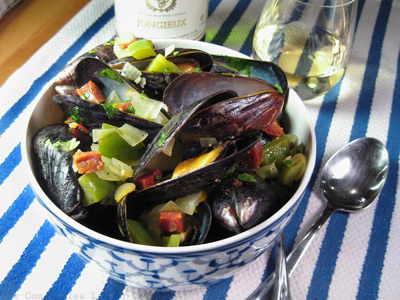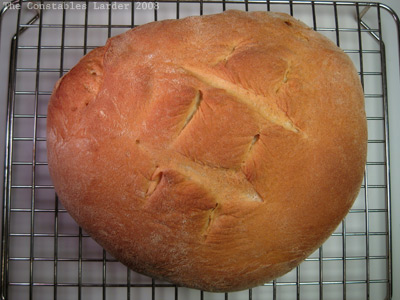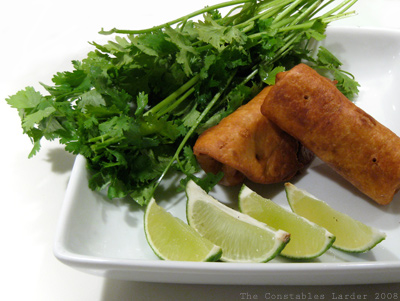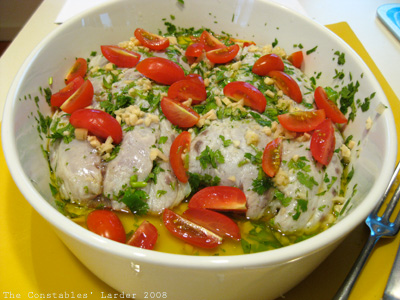Even though work has been on the brutal side this week, we’ve had some great interactions with the food blogosphere. So first of all, thank you again to all who submitted to Low and Slow. I hope to get the posts up today or tomorrow.
On Wednesday night, Lisl and I went out for dinner in New York City with Stacey from Stacey’s Snacks, a favorite blog of ours, and her supermodel husband Henry. It was a great dinner with lively conversation, and Henry showed wonderful forbearance as we geeked out for a bit on food blogs, photography, etc. Perhaps patience is a bit of requirement when it comes to food blogger spouses since the most common phrase heard by us all, after “this is delicious!”, is probably “take the picture already!“
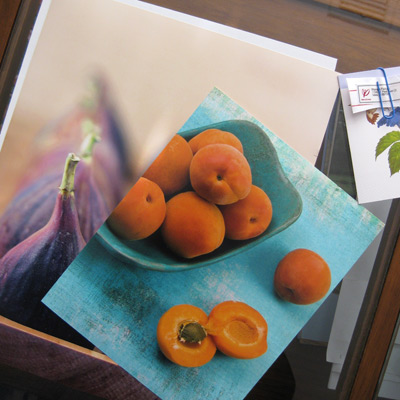 Speaking of photographs, I received a wonderful treat in the mail yesterday from Bee and Jai over at Jugalbandi, another one of my favorite blogs. I’ve been in love with their photography for a while now, and they were kind enough to send me two prints that in short order will be framed and hung in our house. I love great art on the walls, particularly when there is a personal connection, so to say I am gleeful is putting it mildly.
Speaking of photographs, I received a wonderful treat in the mail yesterday from Bee and Jai over at Jugalbandi, another one of my favorite blogs. I’ve been in love with their photography for a while now, and they were kind enough to send me two prints that in short order will be framed and hung in our house. I love great art on the walls, particularly when there is a personal connection, so to say I am gleeful is putting it mildly.
Lastly, on Monday, Constables’ Larder was a guest poster on The Haphazard Gourmet Girls blog, as part of their censored literature series. HGG is an interesting food activist blog. Readers know that we’re not highly activist on this blog, but I really like strong, intelligent voices that are trying to make a difference. That fits HGG in spades, and Eddie, I hope we get a chance to meet you in person as well one of these days, maybe up on that old whaling island we both like to go to.
The full post is here (link), where we paired a dish with Kate Chopin’s novel, The Awakening. I am not going to duplicate the full post and description, but I am going to re-post the recipe here, which I adapted from Simon Hopkinson’s Roast Chicken and Other Stories.
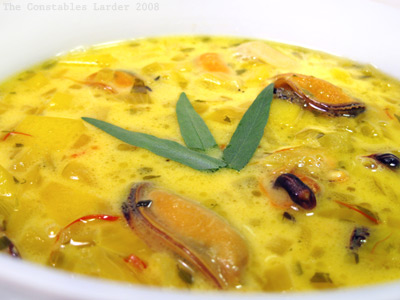
Saffron Soup with Mussels, adapted from Simon Hopkinson
Serves 4
1/2 cup butter
2 large spanish or sweet onions, finely diced
2 garlic cloves, minced
2 tbsp Pernod
1/2 bottle of dry white wine
Leaves of 2 tarragon sprigs, finely chopped
1 bay leaf
Pinch of dried thyme
2 1/2 cups chicken stock
2 to 3 lbs mussels, de-bearded and washed
2 medium red potatoes, cut into 1/4 to 1/3 inch dice
1 tsp saffron threads
1/2 cup half and half or light cream
1/4 cup heavy cream
1 lemon
salt and pepper
In a large soup pot, melt the butter on low heat and cook the onion and garlic until translucent. Turn up the heat to medium, add the Pernod, and after 30 seconds or so, add the white wine. Add the chopped tarragon, thyme, and bay leaf. Bring to a boil and then reduce to a simmer for 15 minutes before adding the chicken stock and bringing the soup back up to a heavier simmer.
Hopkinson calls for putting the mussels in a large pot and straining the soup over them. I think it is easier to place a collander in a large bowl, and pour the soup into the collander thus separating the onions and herbs from the liquid. Toss the bay leaf and put the contents of the collander back in the soup pot, and pour the liquid in the bowl over the mussels in your second large pot. Bring that to a boil , cover, and cook until the mussels are just opening. To prevent burning yourself with splatter, remove the mussels to a bowl with a slotted spoon, then pour the remaining liquid through a fine sieve (or cheesecloth) back into the main soup pot.
Add the potatoes, saffron, and a few grindings of salt and pepper. Tread carefully with the salt – this soup does not need much. Bring the soup back to a boil and then simmer until the potato is tender. (Note: if you are in a hurry, you can partially boil or steam the potatoes earlier in the process). Turn off the heat, stir in the cream and the juice of half a lemon. Add salt, pepper, lemon juice to taste. Garnish with a few sprigs of tarragon and serve with some slices of a really good baguette and a medium-bodied red, like a young Rioja (nothing too fruity or too strong).
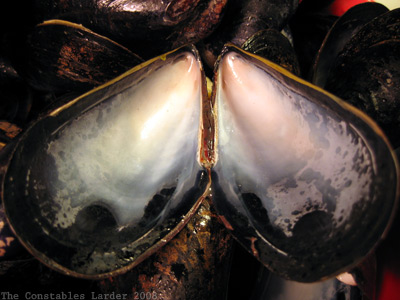
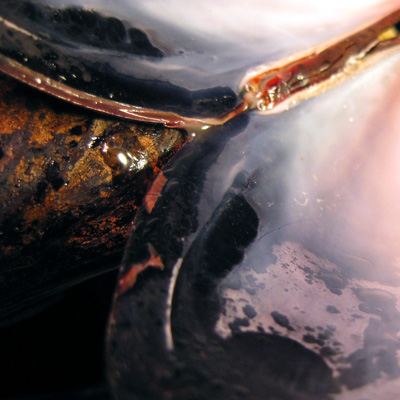
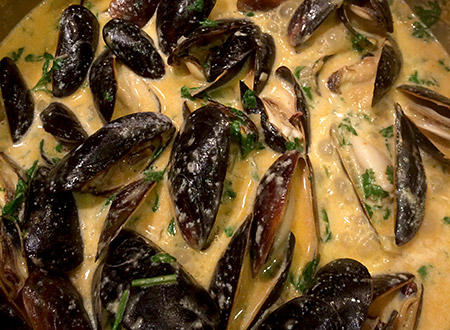
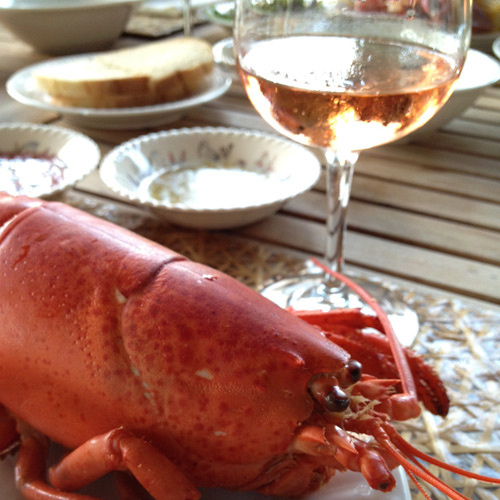 Last night, we had our annual family lobster feast. While much of my family still goes for the butter-lemon sauce, I have taken to the sharper taste of mignonette. This year, we played around with the ingredients a bit and I really liked the outcome.
Last night, we had our annual family lobster feast. While much of my family still goes for the butter-lemon sauce, I have taken to the sharper taste of mignonette. This year, we played around with the ingredients a bit and I really liked the outcome.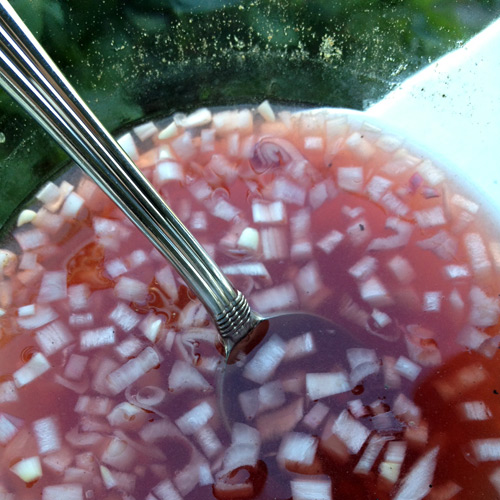
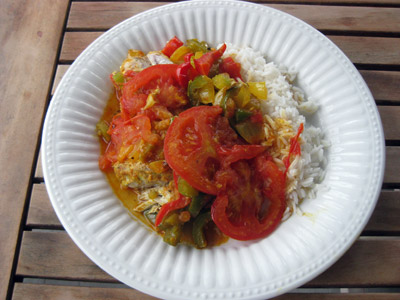 There is nothing like eating fish you catch yourself. We are up in Nantucket taking a short vacation with the family. The day after our arrival, my father and I caught a few bluefish and cooked them that evening with my dad’s classic “slather in mustard-and-mayo, then saute” method. This trip, our St. Lucian nanny, Clothilda, also came with us and she offered to make her curry fish stew if we caught some more.
There is nothing like eating fish you catch yourself. We are up in Nantucket taking a short vacation with the family. The day after our arrival, my father and I caught a few bluefish and cooked them that evening with my dad’s classic “slather in mustard-and-mayo, then saute” method. This trip, our St. Lucian nanny, Clothilda, also came with us and she offered to make her curry fish stew if we caught some more. Great point lighthouse and my dad reeling in the line
Great point lighthouse and my dad reeling in the line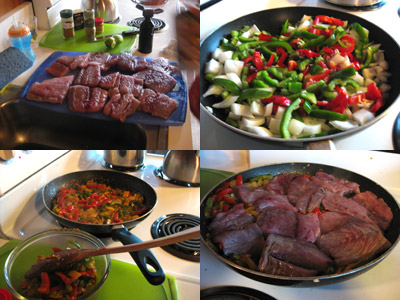 Steps in the process
Steps in the process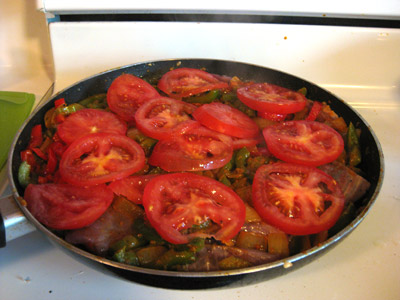
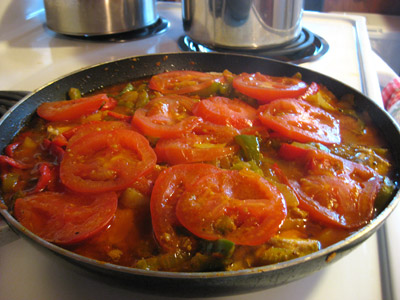
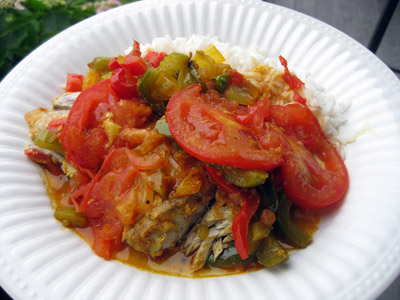
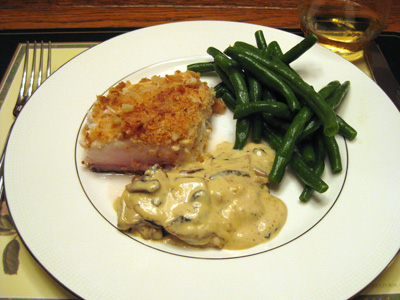


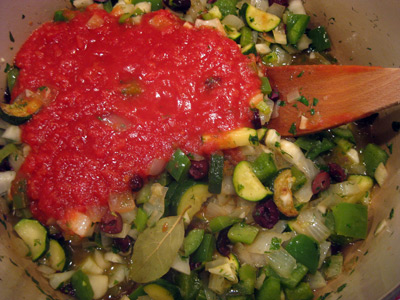

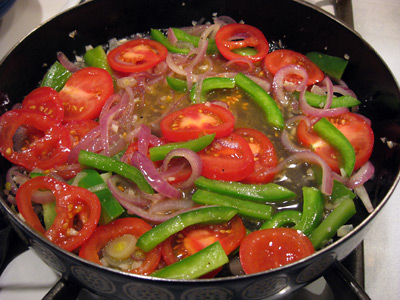

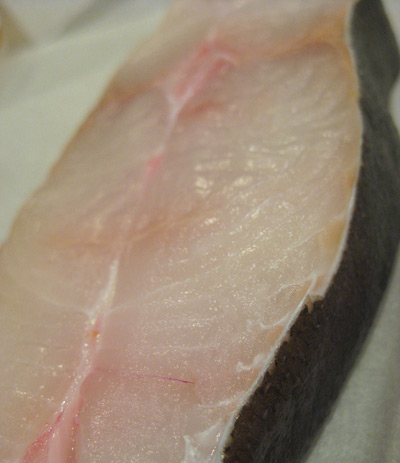
 Speaking of photographs, I received a wonderful treat in the mail yesterday from Bee and Jai over at
Speaking of photographs, I received a wonderful treat in the mail yesterday from Bee and Jai over at 


